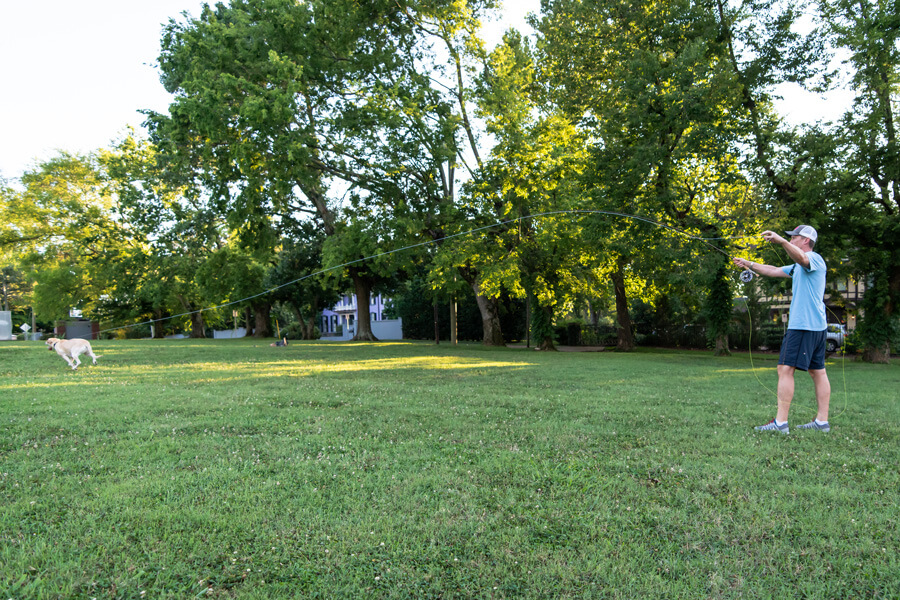In the March issue of Tail Fly Fishing Magazine is a feature called the Tarpon Tree by Brent Hannafan in which he reveals his offseason training program for his annual tarpon trip. Below is an except from the magazine and a video compliment.
I fall asleep the night before my trip with visions of tarpon dancing in my head. I wake up giddy, eager to get out on the water to see what’s under my tarpon tree. Maybe it will be the perfect gift: a courtesy roll by a smug tarpon that doesn’t know I see her and a few pals cruising toward me in the vodka-clear water. Or maybe it will be an ugly sweater: rough seas with no chance of spotting any tarpon. The possibilities are endless. I once found a tarpon under the tarpon tree that leapt into a tree. More on that later.
When last I wrote about fly fishing for tarpon in this publication, I warned anyone considering taking up the sport that tarpon can be real assholes. Their unpredictability is maddening. Nevertheless, watching a tarpon eat your fly and then blow out of the water like a detonating bomb is exhilarating and addictive. I make an annual pilgrimage to the Everglades in June to get my fix.
During my four days of Christmas each June, I desperately want to make the most of any shiny gifts I find under the tarpon tree. But if you only get to fish a few days each year, as I do, it is difficult to maintain—much less improve—your tarpon game from year to year. Think about it: If you didn’t pick up a golf club for a year, would you expect to walk to the first tee and maul your drive down the middle of the fairway? Of course not. So why would you expect to hook the first tarpon you get a shot at if you haven’t cast to one in a year? And unlike a yearly round of golf, during which you can work off some rust in your swing by the tenth hole, you might only get a handful of legitimate shots at tarpon during an entire trip. Your first shot might be your only shot.
If you want to catch more tarpon on a fly, you have to improve your tarpon game in the offseason. In order to do so, you need to replicate casting to—and hooking—tarpon when you practice. (Um, wait, you might be saying. You can practice hooking a tarpon on a fly rod? Is that even possible? Yes, and I’ll explain.)…
…If you don’t own a dog who retrieves, find someone who does. My preferred breed for this drill is a Labrador retriever. Labs are obsessive retrievers and couldn’t care less if you tie your fly line to their collar before they race off to get their precious ball or Frisbee.
Regardless of the breed, tie the end of your leader to the collar of a dog that tips the scales in the 50- to 100-pound range. I have found it helps to tie the line to the collar and then put the collar on the dog. Stand back about 10 yards, throw a tennis ball, and release the hound. As the dog races away, you’ll get to practice funneling excess line shooting up from an imaginary deck through an “O” you make with your forefinger and thumb….(continued)



